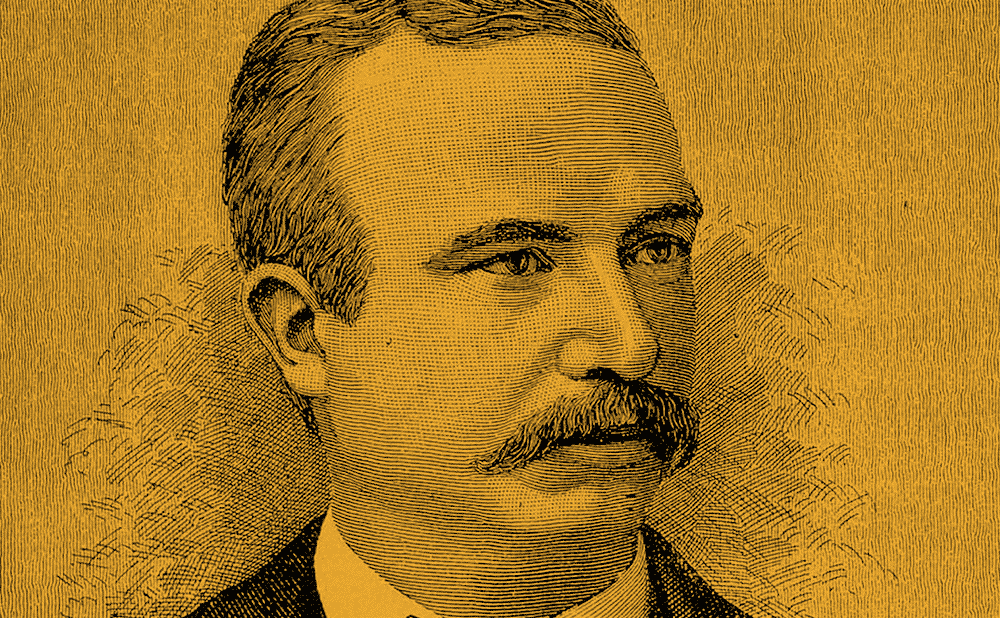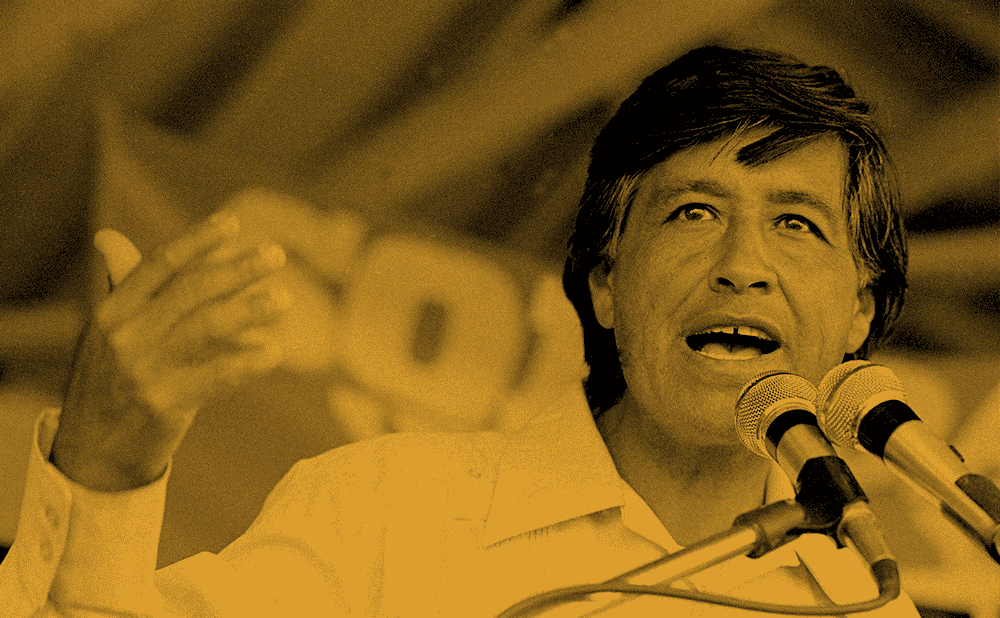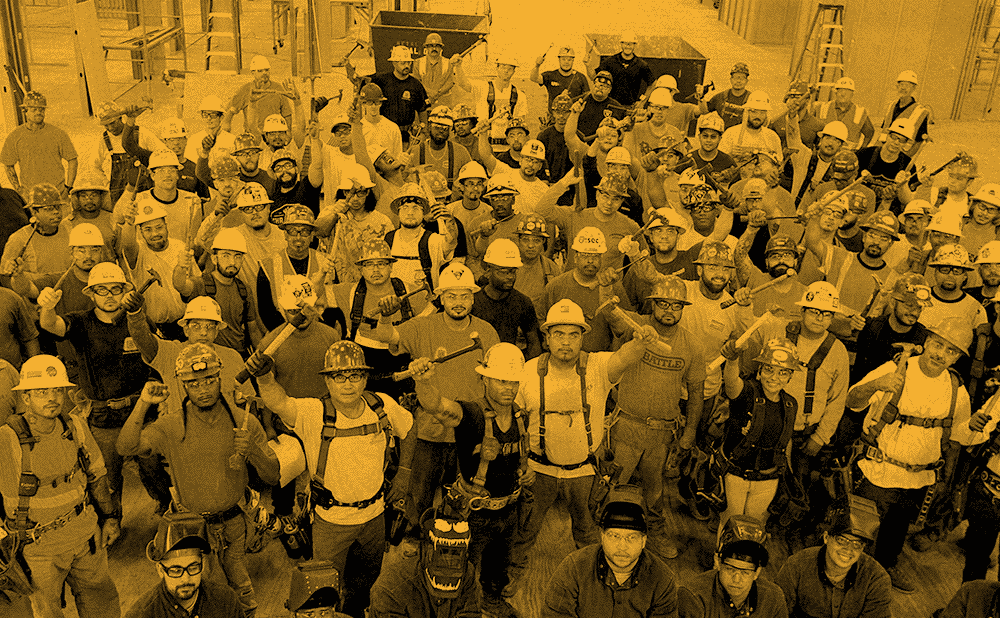Timeline
1881
Peter J. McGuire Unites 36 Carpenters From 11 Cities to Form the UBC

1882
Peter J. McGuire organizes first Labor Day march
1886
Carpenters lead 320,000 workers in 50-city demonstration to demand 8-hour work day
1907
8-hour day prevails as standard in 200 cities
1919
One of every five workers walks out in a wave of nationwide strikes
1935
Franklin D. Roosevelt signs the National Labor Relations Act, which establishes the right to organize and take collective action. The Works Progress Administration is created to put millions of Americans back to work and build the nation’s infrastructure
1947
The Taft-Hartley Act passes, which restricts the powers and activities of unions, and allows states to pass right-to-work laws banning union shops
1954
Union membership in the U.S. peaks at 34.8%
1965
Cesar Chavez and United Farm Workers organize workers in California

1970
Occupational Safety and Health Act becomes law, establishing regulations that enforce health and safety
1992
Southern California drywallers strike for better wages and working conditions
1995
Delegates elect Douglas J. McCarron General President of the UBC, ushering in a new era for the Union
1996
Southern California and Nevada merge to form Southern California-Nevada Regional Council
2001
Gold Coast and Arizona join to form Southwest Regional Council of Carpenters

